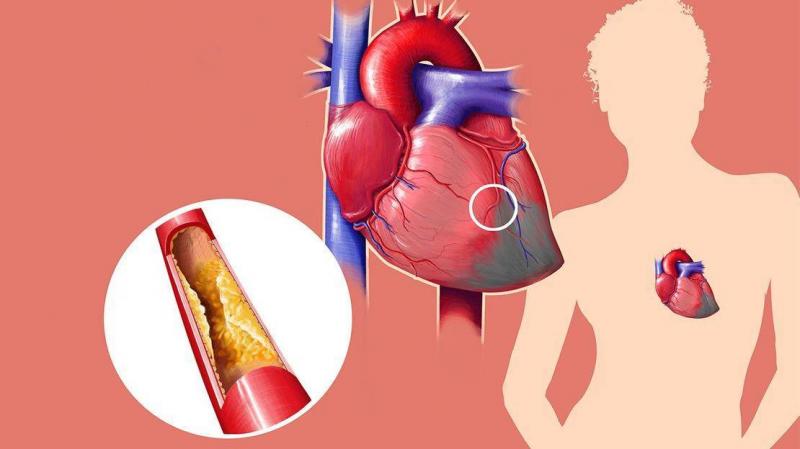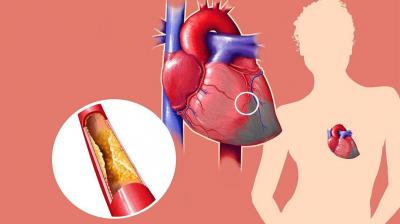Understanding the difference between the terms good cholesterol and bad cholesterol is essential for maintaining a healthy heart. We know the term cholesterol, but we may not fully understand what it actually means. We might have heard about good and bad cholesterol and about high and low cholesterol levels, but we may not be entirely sure what these terms truly signify concerning our health.
Cardiologist Leslie Cho explains the difference between good and bad cholesterol, according to the Mayo Clinic website. She notes that low-density lipoprotein (LDL), referred to as "bad cholesterol," causes the buildup of fatty deposits in the arteries. On the other hand, high-density lipoprotein (HDL), known as "good cholesterol," helps remove bad cholesterol from the body.
Cho states that bad cholesterol contributes to the accumulation of deposits in blood vessels, making them hard and narrow, which reduces or even prevents the flow of blood and oxygen needed by your heart. She mentions that it's confusing for good and bad things to have similar names, but it is vital to remember that good cholesterol paves the way to prevent the other type from causing harm to your body.
Cholesterol is a waxy substance found in the blood that the body needs to build healthy cells, but high levels can increase the risk of heart attacks, according to the Mayo Clinic. There are many things you can do to improve cholesterol levels, including following a healthy diet that increases fiber intake and reduces red meat consumption, as well as engaging in physical activity for at least 30 minutes at a moderate to high intensity at least five times a week.




